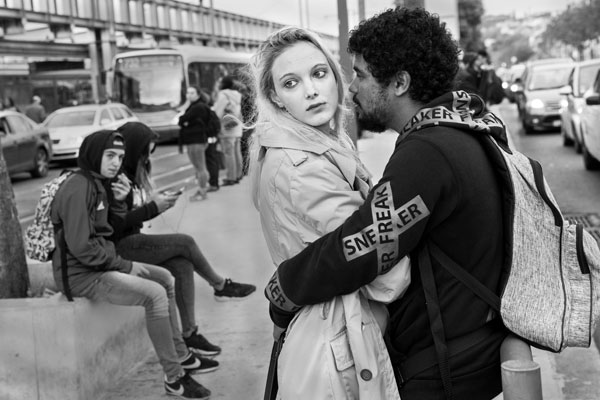Framing Streets for Beginners
The Main Principles Of Framing Streets
Table of ContentsThe Of Framing StreetsThe Main Principles Of Framing Streets The 10-Minute Rule for Framing StreetsUnknown Facts About Framing StreetsNot known Factual Statements About Framing Streets Not known Incorrect Statements About Framing Streets
Digital photography genre "Crufts Pet dog Program 1968" by Tony Ray-Jones Street digital photography (additionally sometimes called honest photography) is photography performed for art or query that includes unmediated opportunity encounters and random events within public locations, usually with the goal of capturing pictures at a definitive or touching moment by mindful framing and timing. 
What Does Framing Streets Mean?
Susan Sontag, 1977 Street photography can concentrate on people and their actions in public. In this respect, the road professional photographer resembles social documentary digital photographers or photographers who additionally operate in public locations, yet with the aim of catching relevant events. Any of these photographers' images may record individuals and home noticeable within or from public locations, which usually involves navigating ethical concerns and legislations of privacy, safety and security, and residential property.
Representations of day-to-day public life develop a genre in nearly every period of world art, beginning in the pre-historic, Sumerian, Egyptian and early Buddhist art durations. Art taking care of the life of the street, whether within sights of cityscapes, or as the leading motif, shows up in the West in the canon of the North Renaissance, Baroque, Rococo, of Romanticism, Realism, Impressionism and Post-Impressionism.
How Framing Streets can Save You Time, Stress, and Money.
Louis Daguerre: "Boulevard du Temple" (1838 or 1839) In 1838 or 1839 the very first picture of figures in the street was taped by Louis-Jacques-Mand Daguerre in one of a pair of daguerreotype sights taken from his studio home window of the Boulevard du Temple in Paris. The 2nd, made at the height of the day, shows an unpopulated stretch of road, while the other was taken at about 8:00 am, and as Beaumont Newhall reports, "The Boulevard, so continuously filled with a Street photography hashtags relocating crowd of pedestrians and carriages was flawlessly singular, except a person that was having his boots brushed.
, who was motivated to undertake a comparable documentation of New York City. As the city developed, Atget helped to advertise Parisian streets as a worthy subject for photography.

The Only Guide to Framing Streets
Between 1946 and 1957 Le Groupe des XV every year displayed work of this kind. Andre Kertesz. Circus, Budapest, 19 May 1920 Road digital photography developed the major web content of two exhibitions at the Museum of Modern Art (Mo, MA) in New York curated by Edward Steichen, Five French Photographers: Brassai; Cartier-Bresson, Doisneau, Ronis, Izis in 1951 to 1952, and Post-war European Photography in 1953, which exported the idea of road digital photography worldwide.

The Definitive Guide for Framing Streets
, after that an educator of young youngsters, linked with Evans in 193839.'s 1958 publication,, was significant; raw and often out of focus, Frank's images questioned mainstream photography of the time, "challenged all the official policies laid down by Henri Cartier-Bresson and Pedestrian Evans" and "flew in the face of the wholesome pictorialism and sincere photojournalism of American publications like LIFE and Time".